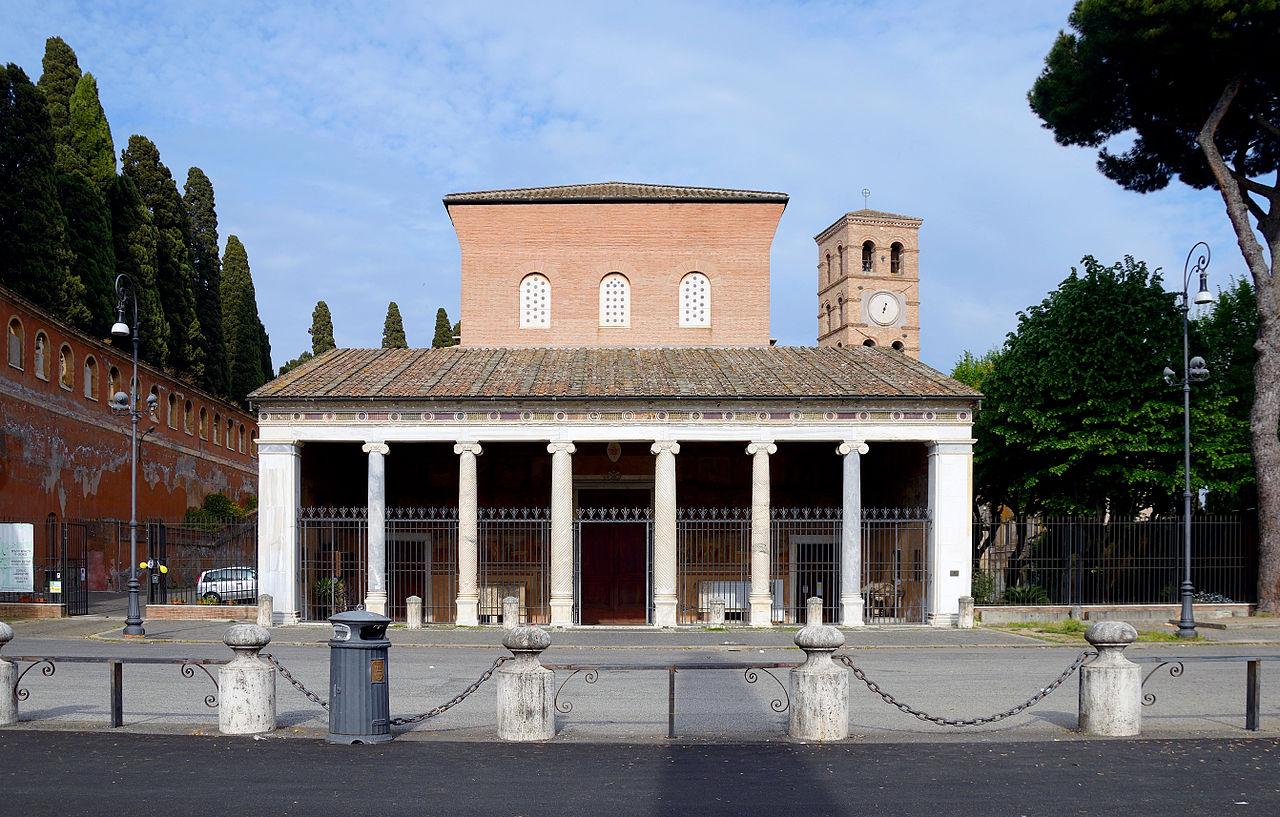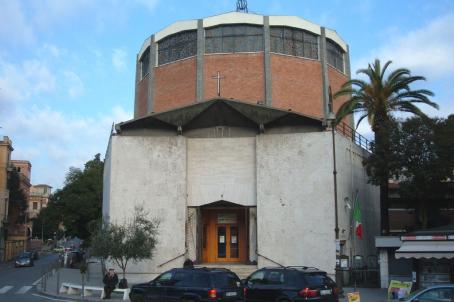Basilica di San Lorenzo fuori le mura

The Basilica of St. Lawrence Outside the Walls was founded in the early 4th century by Emperor Constantine on the presumed site of the martyrdom of St. Lawrence, who died in 258. In the 13th century, Pope Honorius III built a separate church, which was eventually joined to the old one during a renovation programme. From 1374 to 1847, the Basilica of Saint Lawrence Outside the Walls was the residence of the Latin Patriarch of Jerusalem. The basilica was restored by the architect Virginio Vespignani from 1855 to 1864, who removed all the Baroque additions. On 19 July 1943, during the Second World War, the church was bombed by the Allies. The restoration lasted until 1948: the façade was rebuilt, but the frescoes on the upper parts of the façade were lost. The basilica houses the tomb of the statesman and father of Europe Alcide De Gasperi and five popes: Zosimus, Sixtus III, Hilary, Damasus II and Pius IX.





